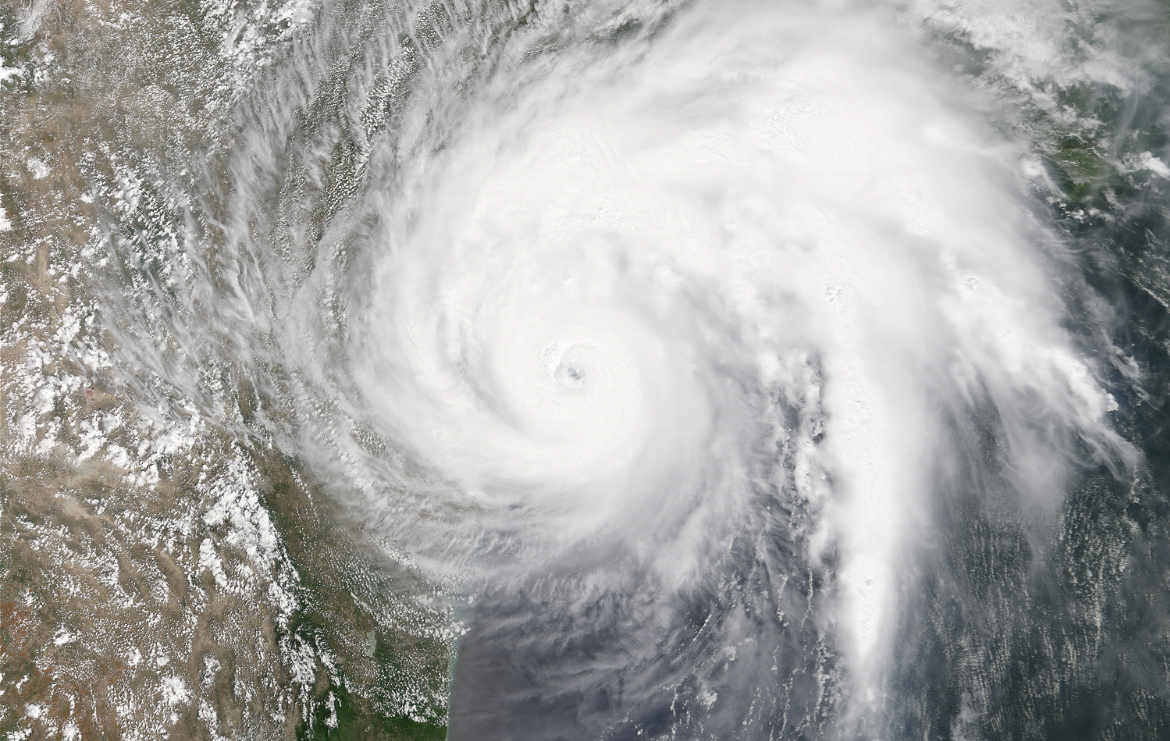Remembering Hurricane Harvey Five Years Later
Five years ago today, on August 25th 2017, Major Hurricane Harvey ended the twelve-year US major hurricane landfall drought, bringing devastating impacts across parts of Texas and Louisiana during the 2017 Atlantic Hurricane Season.
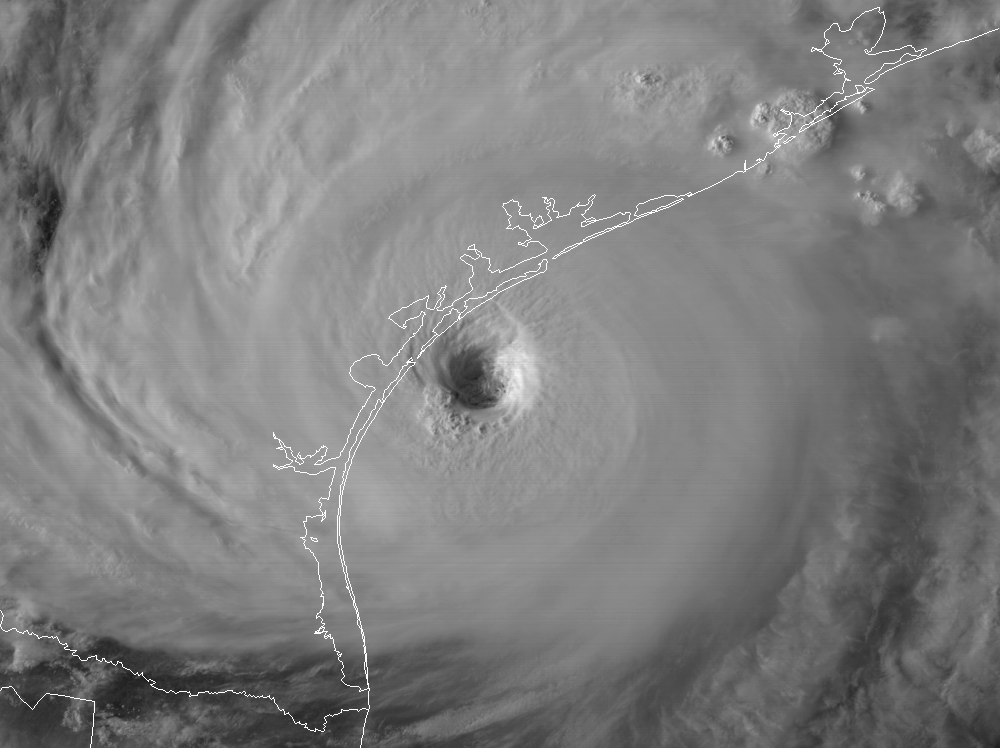
(Credit: CIRA/GOES/RAMMB)
A historic storm, Harvey made landfall near Rockport, TX as a powerful category four hurricane with winds of 130mph, and a pressure of 934 millibars at 10pm CDT on the 25th.
Despite Harvey’s impressive intensity, the greatest threat from the storm became record-setting rainfall, which resulted in incredible totals, as some areas recorded fifty inches of rain.
As of 2022, Hurricane Harvey still remains as one of the costliest natural disasters in US history, with a price tag estimated at $134 billion.
Sadly, 89 lives were lost during the disaster.
Five years later, the storm serves as a poignant reminder of the power of mother nature, as well as the inevitability of natural disasters.
Storm Synopsis
Despite most, if not all, damages caused by Hurricane Harvey being located in Texas, Louisiana and surrounding areas, Harvey developed over 2,500 miles away from the coast of Texas, developing from a tropical wave in the main development region on August 18th.
As a weak tropical storm, the storm moved west and made two landfalls, one in Barbados and the other in St. Vincent island, both as a moderate tropical storm.
Minor impacts were dealt to the islands as the storm continued to drift west, eventually dissipating into a remnant low on the 19th.
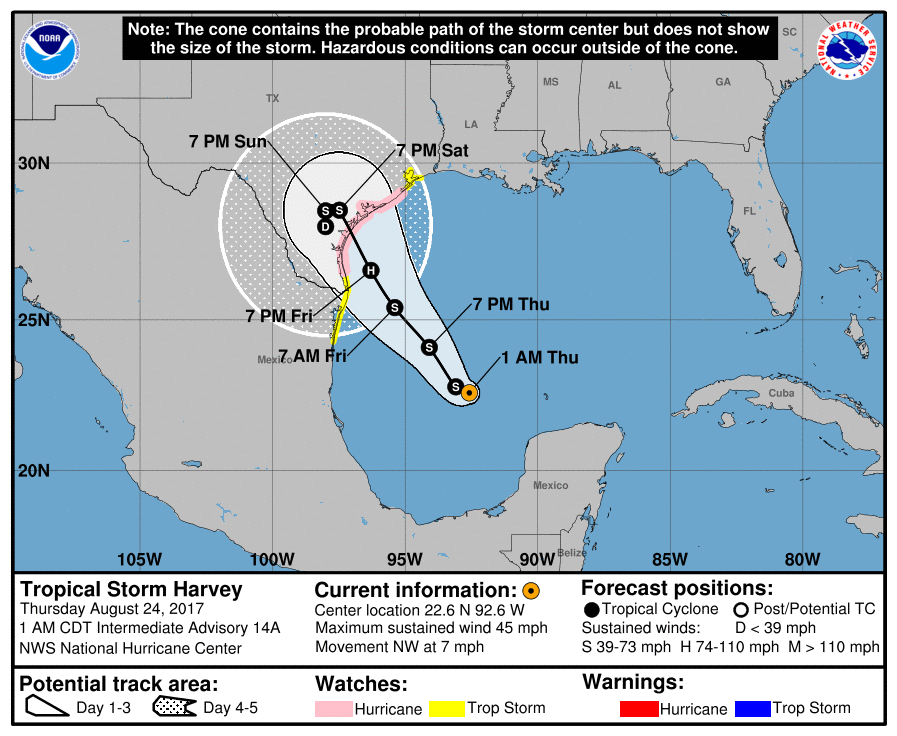
(Credit: NHC/NOAA/NWS)
For four days, the remnants of Harvey continued to drift west, crossing the Yucatan on the 22nd and 23rd.
As the storm crossed, the National Hurricane Center marked the possibility of redevelopment from the disturbance as it entered the Gulf of Mexico.
As the storm re-emerged off of the coast of the Yucatan, the storm slowly began to recover tropical storm characteristics, and gained Tropical Storm status during the early hours of the 24th, with a forecasted tropical storm landfall in Texas.
However, Harvey had other plans, and began to rapidly intensify on the 24th, quickly becoming a hurricane during the afternoon, only 12 hours after it had regained tropical storm status.
Intensification of the storm continued further, as the storm gained major hurricane status the next day on the 25th, hours prior to landfall.
Harvey’s rapid intensification stage is of great note, as the storm continually intensified up until the landfall in Rockport, Texas, a relative rarity of tropical systems.
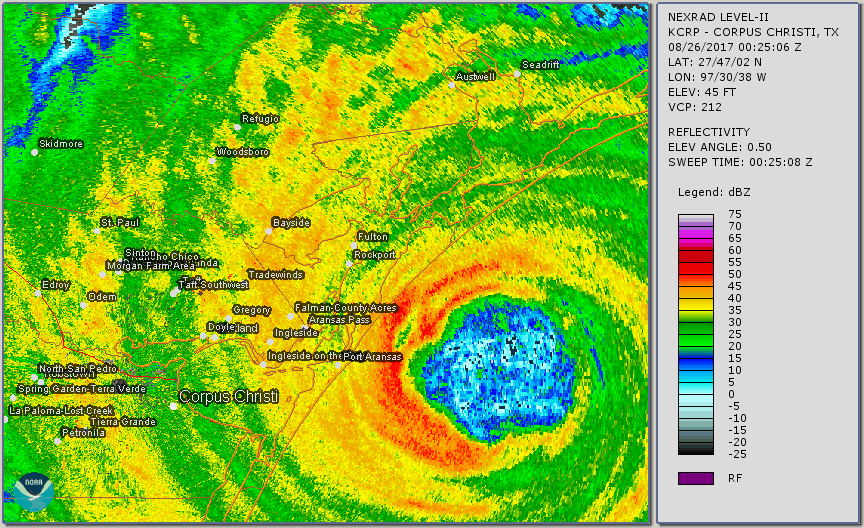
(Credit: NOAA/NWS Corpus Christi)
Government officials and media outlets, including Force Thirteen began emphasizing the dangerous nature of the storm, as Hurricane Watches and Warnings were put in place, as evacuation orders were mandated by state and local officials.
As a whole, Force Thirteen held over thirty hours of coverage from Harvey’s redevelopment to the devastating impacts as the storm trudged through Texas.
However, as Harvey made landfall, it became apparent; if it had not been, that the storm would be historic.
Harvey’s intense wind field delivered catastrophic damage across South Texas, resulting in significant structural damage and tree damage for towns in the eyewall, such as Port Aransas and Rockport.
Despite intense winds, the greatest threat from the storm ultimately proved to be flooding rains, which exceeded over five feet in some locations as the storm stalled over Central Texas.
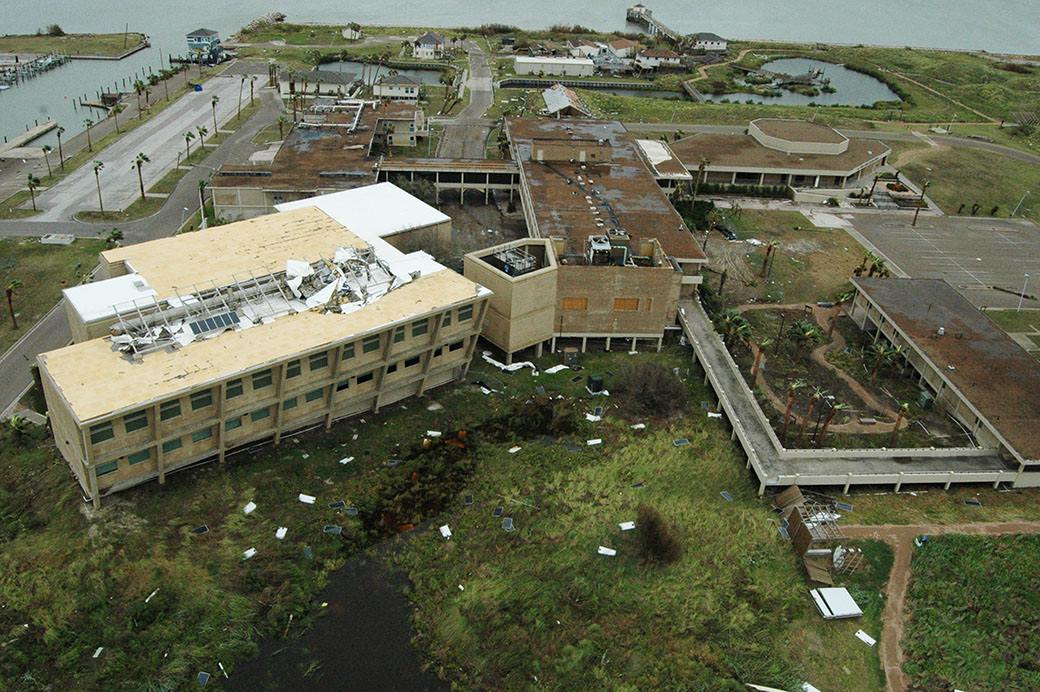
(Credit: Murray Judson, 2017)
As a result of two to three feet of rain, significant flooding occurred, resulting in the damage of over 200,000 homes and businesses.
Ultimately, Hurricane Harvey is considered to be a historic hurricane for a multitude of reasons, from its incredible intensification to the heart-breaking damages occurred by the storm’s wrath in Texas and Louisiana.
Harvey was ultimately retired from the naming list, being replaced with Harold which will be used in 2023.
Five years on, Harvey is still a fresh memory in the eyes of many Texans, and will be for many years to come.
Force Thirteen’s Report
For more in-depth information, you can watch Force Thirteen’s full report on Hurricane Harvey using this link: https://youtu.be/pk6k9kMfGVk
